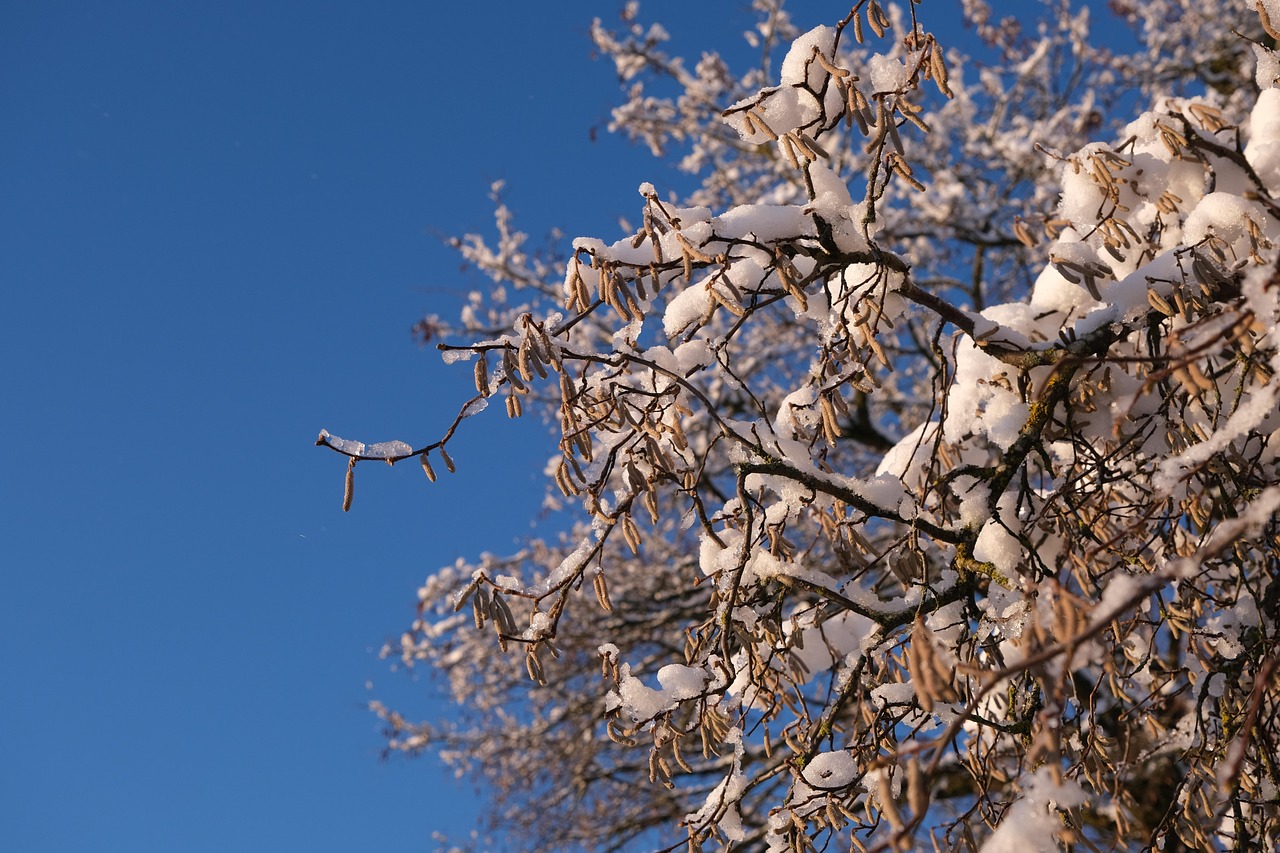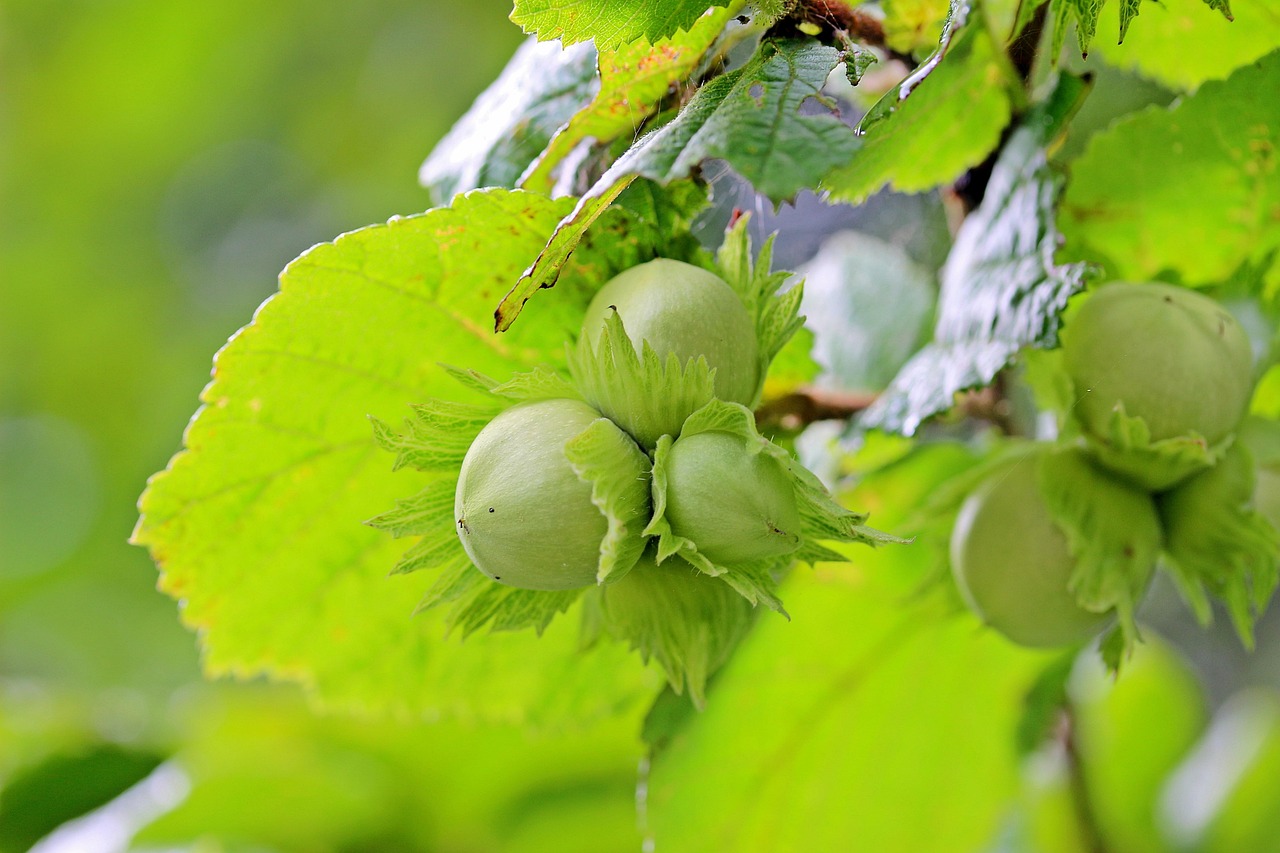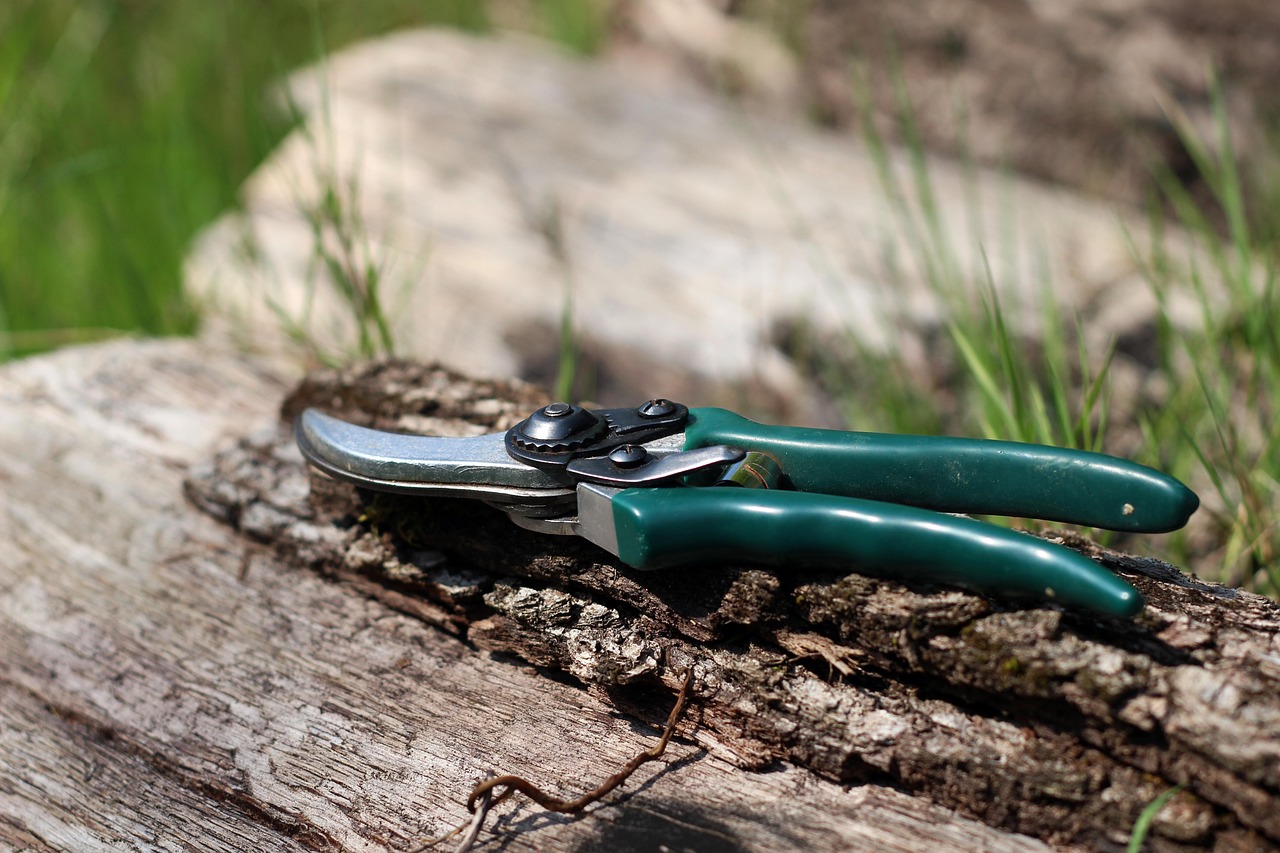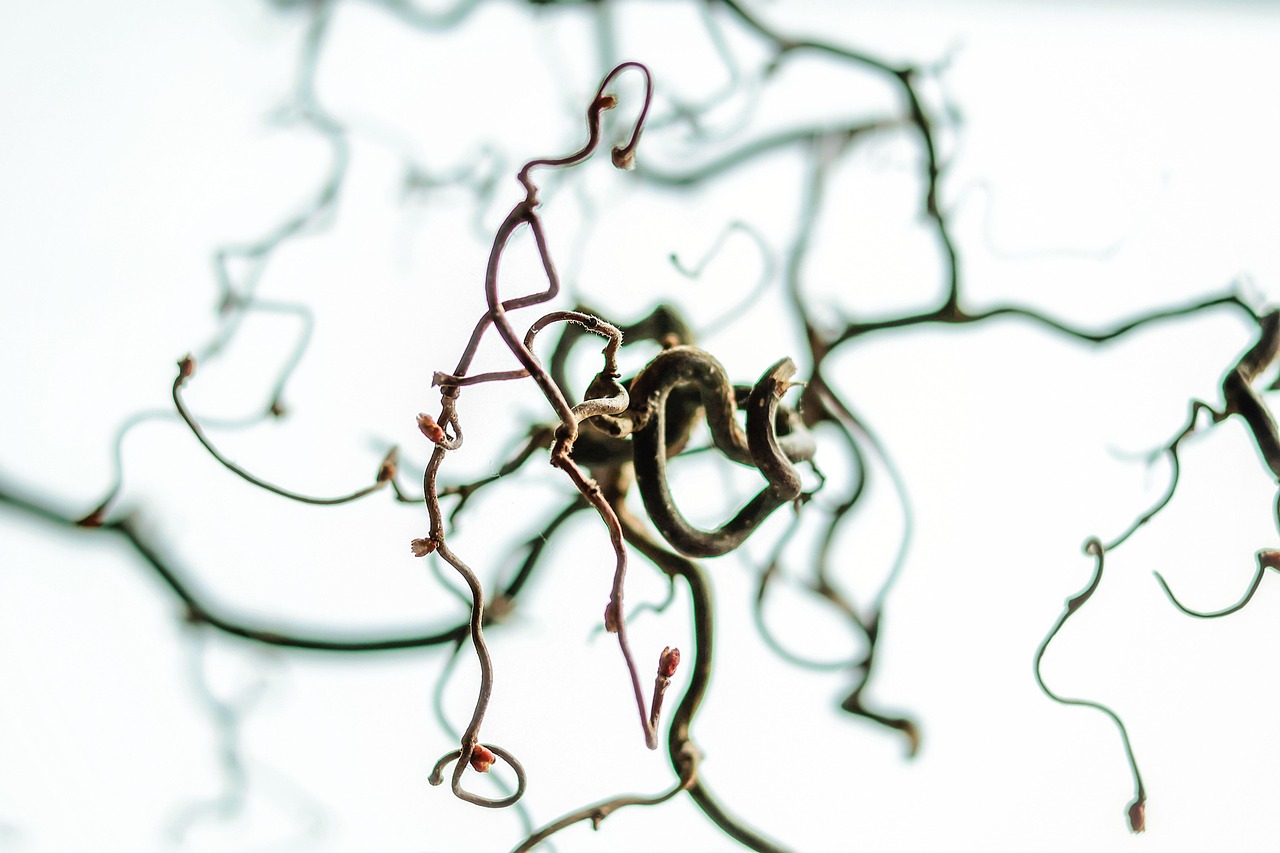Hazelnut orchard pruning is essential for achieving consistent and reliable yields. Proper pruning techniques improve tree health, promote better air circulation, enhance sunlight penetration, and ultimately lead to higher nut production.
Hazelnuts are a popular nut variety known for their rich flavor and versatility in culinary applications. They are used in everything from desserts to savory dishes. Pruning is a crucial aspect of hazelnut orchard management that can significantly impact the productivity of the trees. Understanding when and how to prune can help orchardists maintain healthy trees and ensure robust yields year after year.

Pruning involves selectively removing specific parts of the tree, such as branches, buds, or roots. This process encourages new growth, shapes the tree, and removes any dead or diseased wood. In hazelnut orchards, effective pruning can help in managing tree height, improving fruit quality, and reducing pest infestations.
Importance of Pruning in Hazelnut Orchards
Pruning is not just about aesthetics; it serves several important functions that are vital for the health of the trees and the quality of the yield. Below are some key benefits of pruning hazelnut trees:
- Improved Air Circulation: Pruning opens up the canopy of the trees, allowing for better airflow. This reduces humidity levels, which can help prevent fungal diseases.
- Enhanced Sunlight Penetration: Removing excess branches ensures that sunlight reaches all parts of the tree. Sunlight is crucial for photosynthesis, which impacts nut development and flavor.
- Increased Yield: Healthy trees that are pruned regularly tend to produce more nuts. Pruning helps in directing energy towards fruit-bearing branches.
- Control of Tree Size: Keeping trees at a manageable height makes harvesting easier and more efficient.
- Removal of Diseased Wood: Pruning eliminates dead or diseased branches, preventing the spread of pathogens throughout the orchard.
To gain a better understanding of how pruning affects yield, consider the following table presenting research data on hazelnut orchards:

| Pruning Type | Average Yield (lbs/tree) | Health Rating (1-5) |
|---|---|---|
| No Pruning | 40 | 2 |
| Light Pruning | 70 | 4 |
| Moderate Pruning | 90 | 5 |
| Heavy Pruning | 60 | 3 |
This table clearly illustrates that moderate pruning results in the highest average yield and best health rating for hazelnut trees. It underscores the necessity of finding a balance in pruning practices to maximize tree health and productivity.
The timing of pruning is also crucial. The best time to prune hazelnut trees is during the dormant season, typically late winter to early spring. This timing minimizes stress on the trees and allows them to recover quickly as they enter the growing season. However, specific pruning techniques may vary depending on the age of the tree and overall management goals.
Young hazelnut trees require different pruning techniques than mature ones. For young trees, the focus is on establishing a strong structure. This includes removing competing leaders and ensuring an open center for better growth. Mature trees may require more maintenance pruning to manage size and remove any problematic branches.

Common Pruning Techniques
Several pruning techniques can be applied in hazelnut orchards to achieve desired results. Here are some commonly used methods:
- Crown Thinning: This technique involves removing selected branches within the crown to reduce density. It improves light penetration and air circulation.
- Crown Reduction: Crown reduction is used to lower the height of trees while maintaining their shape. This is particularly useful for trees that have grown too tall for efficient harvesting.
- Suckering Control: Removing suckers—those shoots that grow from the base of the tree—helps focus energy on nut production rather than non-productive growth.
- Deadwooding: This involves removing dead or diseased branches to promote overall tree health and prevent disease spread.
The application of these techniques varies depending on the specific conditions of each orchard. Factors such as climate, soil quality, and tree age should be considered when developing a pruning strategy.
Understanding the principles behind pruning can empower orchardists to make informed decisions that enhance their hazelnut production. Through careful planning and execution, they can ensure their orchards remain productive and healthy for many years to come.

Pruning Techniques for Different Growth Stages
To achieve optimal results in hazelnut orchards, it is essential to understand how pruning techniques should differ based on the growth stage of the trees. The approaches taken for young trees will vary significantly from those used for mature trees. This section explores the specific pruning strategies that are most effective at various stages of tree development.
Young Hazelnut Trees
During the first few years of growth, the primary focus should be on establishing a strong framework. Proper early pruning encourages healthy growth and sets the foundation for future productivity. Key practices include:
- Center Leader Pruning: For young trees, select a single central leader to develop a strong vertical structure. This leader should be the tallest shoot and will guide the tree’s growth.
- Branch Selection: Choose 3 to 5 strong lateral branches to be the primary scaffold branches. Remove any competing branches or suckers to ensure these chosen branches receive adequate nutrients.
- Height Management: If the tree grows too tall too quickly, consider light trimming of the top to encourage lateral growth and maintain manageable height.
By implementing these strategies, orchardists can cultivate a well-structured young hazelnut tree that will yield better nuts in the long run.
Mature Hazelnut Trees
As hazelnut trees reach maturity, maintaining their health and productivity demands a different approach. The focus shifts towards managing size, enhancing light exposure, and removing any dead or diseased wood. Here are critical techniques for mature trees:
- Crown Thinning: Continue to thin out the canopy by selectively removing branches that block light from reaching lower limbs. This practice enhances air circulation and reduces disease risks.
- Annual Pruning: Regularly prune mature trees to maintain an open center and manageable height. Aim for a balanced structure that supports even nut distribution.
- Replacement of Old Wood: Replace older branches that produce fewer nuts with younger, more productive growth. This keeps the tree invigorated and productive.
These techniques help sustain healthy production levels while allowing for ease of harvest and maintenance.
Seasonal Considerations for Pruning
The timing of pruning is just as crucial as the methods used. Seasonal changes can greatly influence the effectiveness of pruning practices. Understanding these seasonal aspects can lead to better management decisions.
Winter Dormancy
The ideal time for pruning hazelnut trees is during their dormant period, which typically occurs in late winter before bud break. Pruning during this time minimizes stress on the trees and allows for quick recovery as they enter the active growing season. Key points include:
- Reduced Stress: Pruning during dormancy reduces sap loss and allows trees to redirect energy towards new growth when spring arrives.
- Visibility: With no leaves on the trees, it is easier to identify dead or problematic branches.
- Increased Healing: Trees have more time to heal before new growth begins, promoting better overall health.
Spring Pruning
While winter is the preferred season for pruning, some orchardists may choose to conduct light pruning in early spring as buds begin to swell. This technique should be approached with caution:
- Avoid Heavy Cuts: Heavy pruning during spring can shock the tree and inhibit growth.
- Focus on Deadwood Removal: Spring is suitable for removing dead or diseased branches that could affect overall health.
- Assess Tree Health: Use this time to evaluate tree conditions and make decisions on necessary adjustments.
The Role of Tools in Pruning
The effectiveness of pruning also heavily depends on using the right tools. Proper tools can make a significant difference in achieving clean cuts and promoting healthy growth. Here are some essential tools for effective hazelnut tree pruning:
- Hand Pruners: Ideal for small branches up to ¾ inch thick. They provide precision cuts and are easy to use.
- Loppers: Best for branches ranging from ¾ inch to 2 inches thick. They offer more leverage and reach than hand pruners.
- Saws: For larger branches, a pruning saw or chainsaw may be necessary. Ensure blades are sharp for clean cuts that heal quickly.
- Protective Gear: Always wear gloves and safety glasses to protect against injuries while handling tools.
Using the appropriate tools not only makes the pruning process easier but also increases the effectiveness of each cut, contributing to better overall tree health and productivity.
In summary, understanding the nuances of pruning based on tree age, seasonal timing, and using appropriate tools can greatly enhance hazelnut orchard management practices. These considerations set the stage for consistent and reliable yields over time.
Pest and Disease Management Through Pruning
Pruning plays a vital role in managing pests and diseases within hazelnut orchards. By maintaining tree health and improving airflow, effective pruning can reduce the incidence of various issues. This section discusses how proper pruning techniques contribute to pest control and disease prevention.
Understanding Common Hazelnut Pests
Several pests can threaten the health of hazelnut trees. Recognizing these pests and understanding their life cycles is crucial for effective management. Common hazelnut pests include:
- Filbert Worm: The larvae of this moth feed on the hazelnut kernels, leading to reduced yields.
- Spider Mites: These tiny pests can cause leaf discoloration and defoliation, significantly weakening trees.
- Leafhoppers: Feeding on the sap of the leaves, these insects can lead to stunted growth and reduced nut production.
- Hazelnut Weevil: This pest bores into the nuts, making them unmarketable.
Proper pruning helps reduce the populations of these pests by removing infested branches and promoting healthy growth, which is less susceptible to pest attacks.
Disease Prevention Strategies
Hazelnuts are also vulnerable to various diseases that can affect yield. Some common diseases include:
- Corylus Canker: A fungal infection that causes dieback in branches, leading to reduced vigor and nut production.
- Powdery Mildew: This fungus appears as a white coating on leaves and can reduce photosynthesis.
- Brown Rot: Affects the fruit, leading to premature dropping and loss of crop quality.
Effective pruning can help manage these diseases by ensuring good airflow and sunlight penetration. Here are some strategies:
- Remove Infected Wood: Promptly remove any branches showing signs of disease. This limits the spread of pathogens.
- Crown Thinning: Thinning the canopy allows for better air circulation, helping to reduce humidity levels that favor fungal growth.
- Maintain Tree Health: Healthy trees are more resilient against diseases. Regular pruning encourages vigorous growth, which enhances overall health.
The Impact of Pruning on Nut Quality
The quality of hazelnuts is directly influenced by how well trees are pruned. Proper pruning techniques ensure that trees are well-structured and able to produce high-quality nuts. Key factors include:
Light Exposure and Nut Development
Light exposure is crucial for nut development. When trees are pruned effectively, sunlight can reach more parts of the tree. This exposure results in:
- Better Photosynthesis: Increased light allows for more efficient photosynthesis, leading to higher energy reserves for nut development.
- Improved Flavor: Nuts that receive adequate sunlight tend to develop better flavor profiles, making them more desirable in the market.
- Larger Nut Size: Well-pruned trees produce larger nuts since they can allocate more resources to fewer fruits.
Reducing Competition for Resources
Pruning also reduces competition among branches for nutrients and water. By focusing energy on fewer branches, trees can produce higher-quality nuts. This is achieved through:
- Selective Thinning: Removing excess branches ensures that remaining ones receive adequate nutrients.
- Encouraging Stronger Branches: Focusing on stronger, well-positioned branches allows for better nut production.
Regional Considerations for Pruning Practices
The effectiveness of pruning techniques can vary based on regional climate conditions. Different areas may require tailored approaches to ensure optimal tree health and productivity.
Climate Zones and Their Effects
The climate in which hazelnut orchards are located influences growth patterns and pest pressures. Here are some considerations based on climate zones:
- Temperate Zones: These regions often experience four distinct seasons. Pruning should align with the dormant season to minimize stress on trees.
- Tropical Zones: In areas with minimal temperature variation, pruning might take place after harvesting to shape trees for the next growing cycle.
- Arid Regions: Trees may require special care due to water stress. Pruning practices should focus on maintaining tree size while ensuring adequate water retention.
Pest and Disease Variation by Region
Pest and disease pressures can also differ based on geographical location. Understanding which pests and diseases are prevalent in a specific area can help tailor pruning strategies effectively. Here are some examples:
- Northern Regions: May face harsher winters, requiring specific winter pruning techniques to prepare trees.
- Southern Regions: Warmer temperatures may lead to different pest pressures, necessitating adjustments in pruning timing.
By considering regional factors when planning pruning strategies, orchardists can improve the effectiveness of their practices and enhance overall yield quality.
Harvest Techniques and Post-Pruning Care
After effective pruning, it is essential to implement proper harvest techniques and post-pruning care to maximize the benefits of the work done. This section outlines best practices for harvesting hazelnuts and caring for trees after pruning.
Harvesting Hazelnuts
Harvesting hazelnuts at the right time is crucial for ensuring high quality and maximizing yields. The timing of the harvest can influence the flavor, texture, and shelf life of the nuts. Here are key considerations for harvesting:
- Timing: Hazelnuts are typically ready for harvest in late summer to early fall. The nuts should be collected when they have fallen from the trees but before they become too dry or start to decay.
- Method: Hand harvesting is common for smaller orchards, while mechanical harvesters may be used in larger operations. Mechanical harvesters can significantly reduce labor costs and increase efficiency.
- Post-Harvest Handling: Once harvested, nuts should be cleaned and dried immediately to prevent mold and spoilage. Proper drying is essential for maintaining quality.
Post-Pruning Care
After pruning, trees require specific care to ensure they recover well and thrive. The following practices can help:
- Watering: Ensure adequate irrigation, especially during dry periods. Pruned trees may need additional water as they focus on new growth.
- Nutrient Management: Fertilizing after pruning can support recovery and promote vigorous new growth. A balanced fertilizer that provides essential nutrients is recommended.
- Pest Monitoring: After pruning, it’s vital to monitor for pests that may take advantage of open wounds. Regular inspections can help catch infestations early.
Implementing these post-pruning care strategies helps trees recover more quickly, leading to better yields in the following seasons.
Innovations in Pruning Practices
The field of orchard management is continually evolving, with new techniques and technologies improving how pruning is approached. Staying updated on innovations can enhance productivity and sustainability in hazelnut orchards.
Precision Pruning
Advancements in precision agriculture have led to improved pruning techniques. Technologies such as drones and imaging software allow orchardists to analyze tree health and structure more accurately:
- Drones: These can provide aerial views of orchards, helping farmers identify areas that need pruning or have pest issues.
- Data Analytics: Utilizing data analytics can help determine optimal pruning times by analyzing historical growth patterns and weather conditions.
Sustainable Pruning Practices
Sustainability is becoming increasingly important in agriculture. Sustainable pruning practices can lead to healthier trees and reduced environmental impact:
- Organic Methods: Implementing organic practices in pest management and fertilizers promotes soil health and reduces chemical use.
- Minimal Intervention: Adopting minimal intervention pruning techniques can help maintain ecosystem balance and promote biodiversity within orchards.
Final Thoughts
Effective hazelnut orchard pruning is a multifaceted practice that significantly influences tree health, pest management, and overall yield quality. By understanding the various techniques applicable at different growth stages, seasonal considerations, and the importance of post-pruning care, orchardists can optimize their approaches to ensure consistent and reliable yields.
The integration of innovative technologies and sustainable practices paves the way for a more efficient and environmentally friendly approach to hazelnut production. As the industry continues to evolve, staying informed about the latest advancements will empower orchardists to make informed decisions that enhance both productivity and sustainability.
In conclusion, the journey from pruning to harvesting requires a deep understanding of plant biology, environmental factors, and operational strategies. With careful planning and execution, hazelnut growers can create thriving orchards that produce high-quality nuts for years to come.
